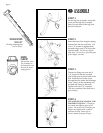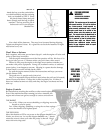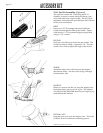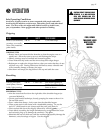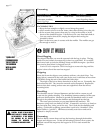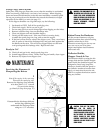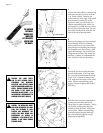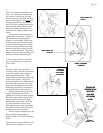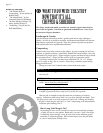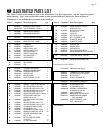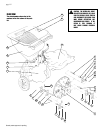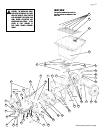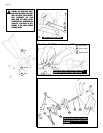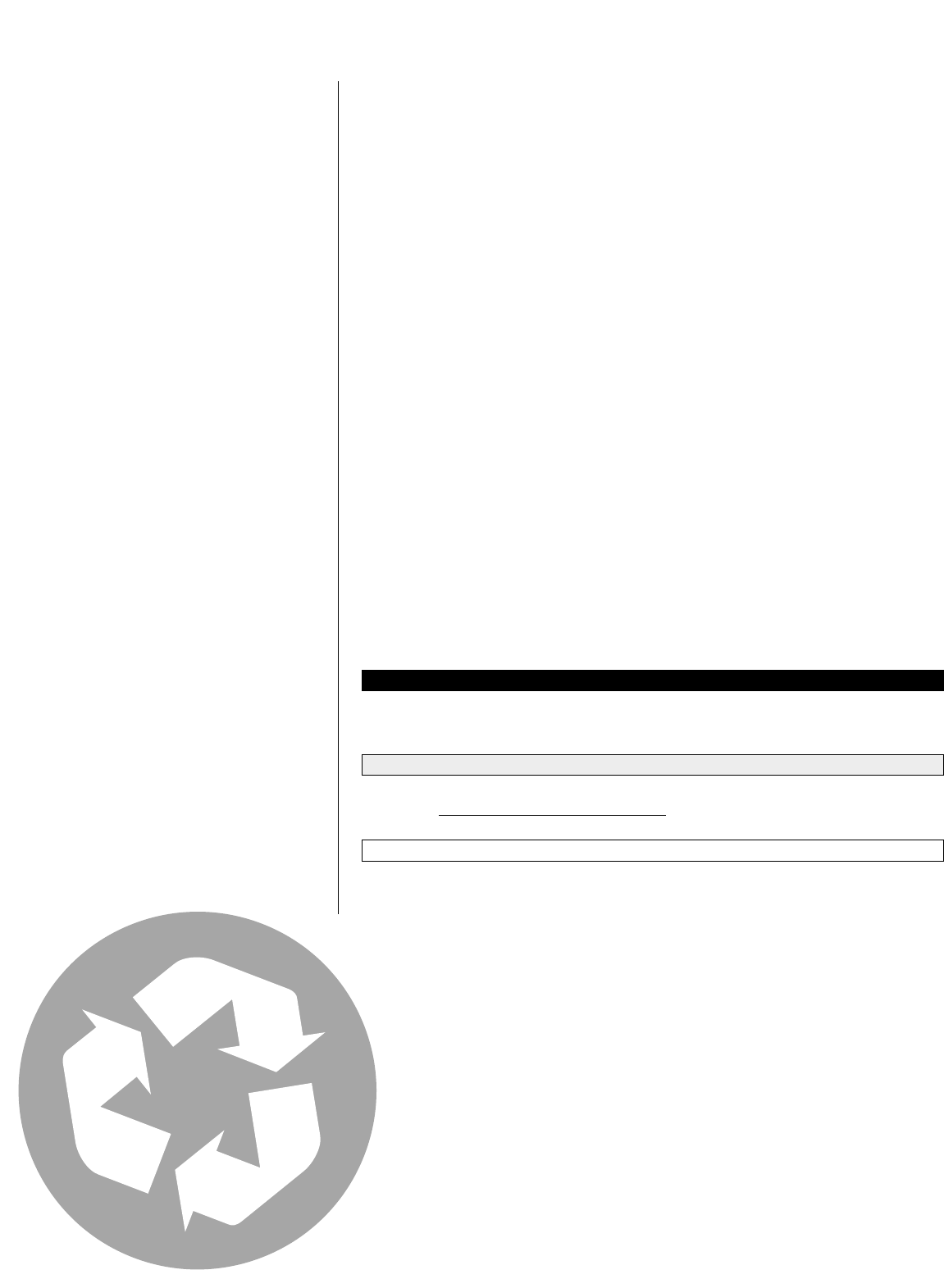
❻ WHAT TO DO WITH THE STUFF
NOW THAT IT’S ALL
CHIPPED & SHREDDED
The chips, shreds and mulch you make are valuable organic materials for
your lawn and garden. Put them to good and immediate use—even if you
are not an avid green thumb-er.
Landscape & Garden
Use the reduced materials to make a garden path and to edge saplings or
shrubs. An inch or so holds in moisture, moderates temperatures and erosion,
and reduces weed and turf growth. They also protect exposed root systems
and tender bulbs from unpredictable elements.
Composting
Whole books have been written on the subject. A good compost pile will not—
contrary to popular opinion—smell like a landfill and attract critters. One rule
of thumb for a proper pile is, “Equal weights of green and brown help to break
the microbes down.” (Note well the word weights, as opposed to parts!)
Your basic compost pile is a three layer salad that is 4’ x 4’ x 4’. Simply
put it in a pile, or dig a pit or a trench. Some fancy containers speed things
along and look nicer.
Things you can’t use? Animal wastes, bones and meat scraps.
BROWN, 3” - 5”
Some old leaves or twiggy brush on the bottom helps air
enter the pile.
GREEN, 3” - 5”
Leafy, non-woody stuff. Include grass clippings and kitchen
scraps. But no meat, fat or dairy pr
oducts.
SOIL OR COMPOST STARTER, 1”
This layer of micro-organisms does the dirty work. If you’re so inclined,
a handful of granular fertilizer jump starts it, feeding the organisms.
Wet the pile as needed to keep the center the consistency of a damp
sponge. Continue to add layers until it is up to four feet high and deep. Turn
the pile once a week or so with a shovel or pitch fork. Turning and wetting
the pile is what the pros call “fast” or “hot” composting, with temperatures
inside the pile reaching 160° F.
How Long Until Soup’s On?
Depending on how well it is tended, in two to four weeks the compost
is ready for use in your garden. Better still, you can’t “spoil” the recipe.
If offending odors emerge, it may be due to too much moisture, green
materials, or critter droppings. Mix in more brown, turn the pile often,
or cover it with plastic to keep it dry.
Bitten by the Bug?
• “The Rodale Book of
Composting,” by the editors of
Rodale Press.
• “The Mulch Book,” by Stu
Campbell (Storey Publishing).
•“Worms Eat My Garbage,” by
Mary Apelhof (Flower).
•“Yardening,” by Jeff and Liz
Ball (MacMillan).
page 16



